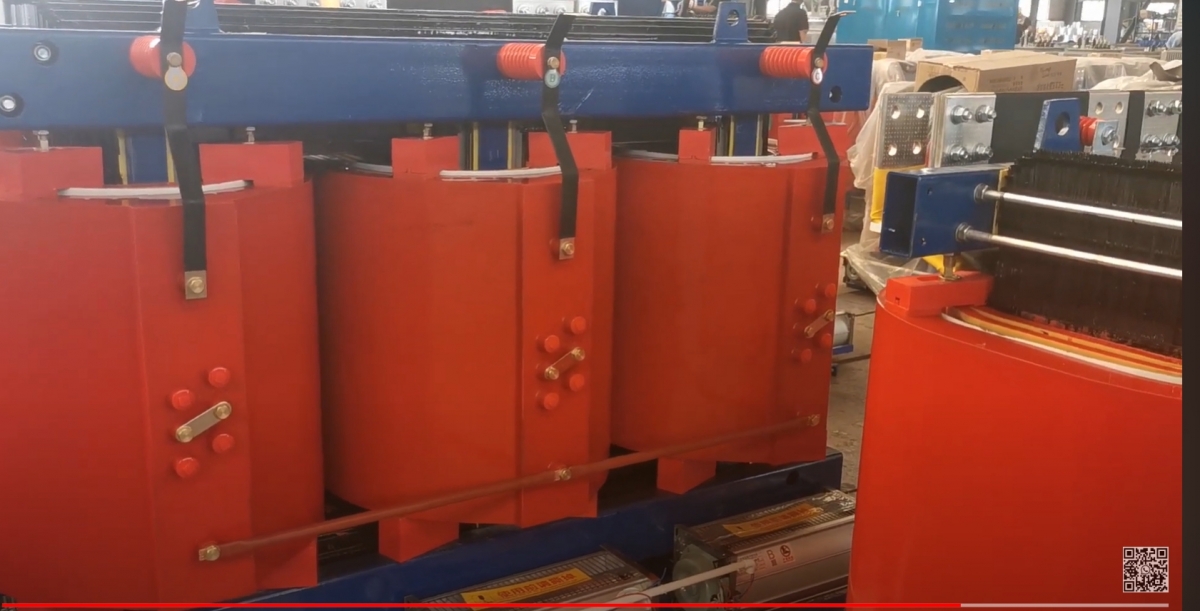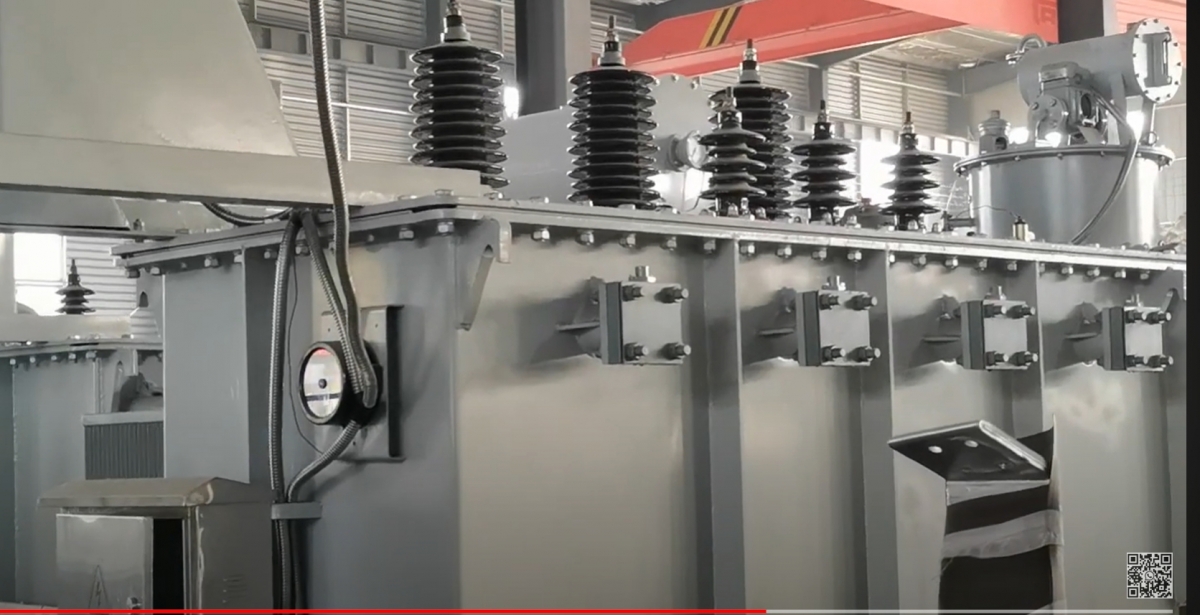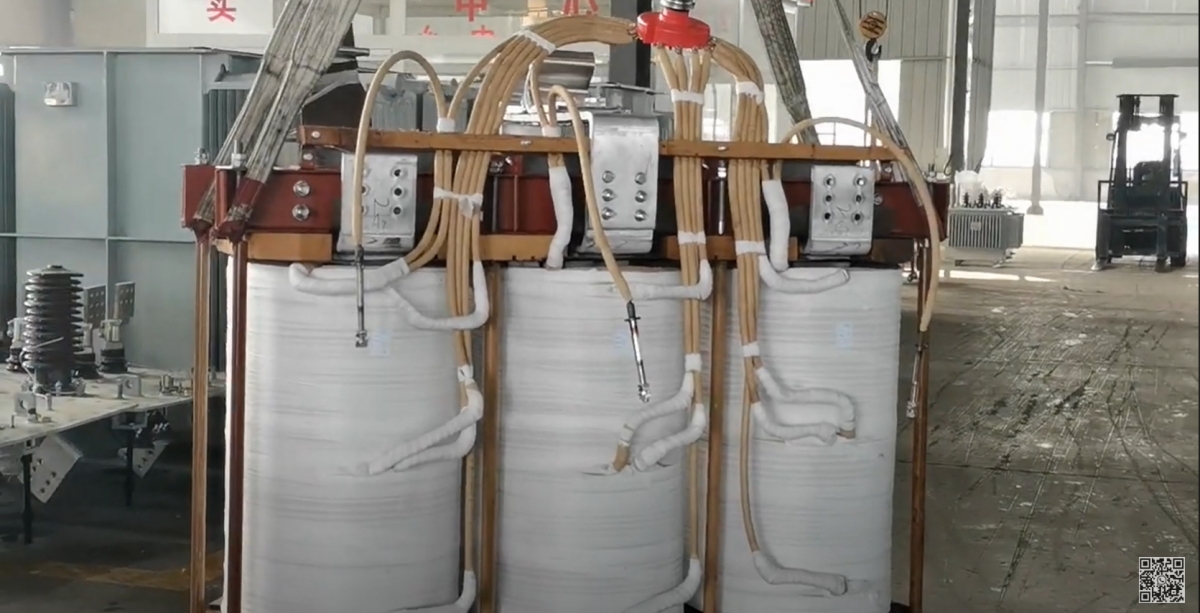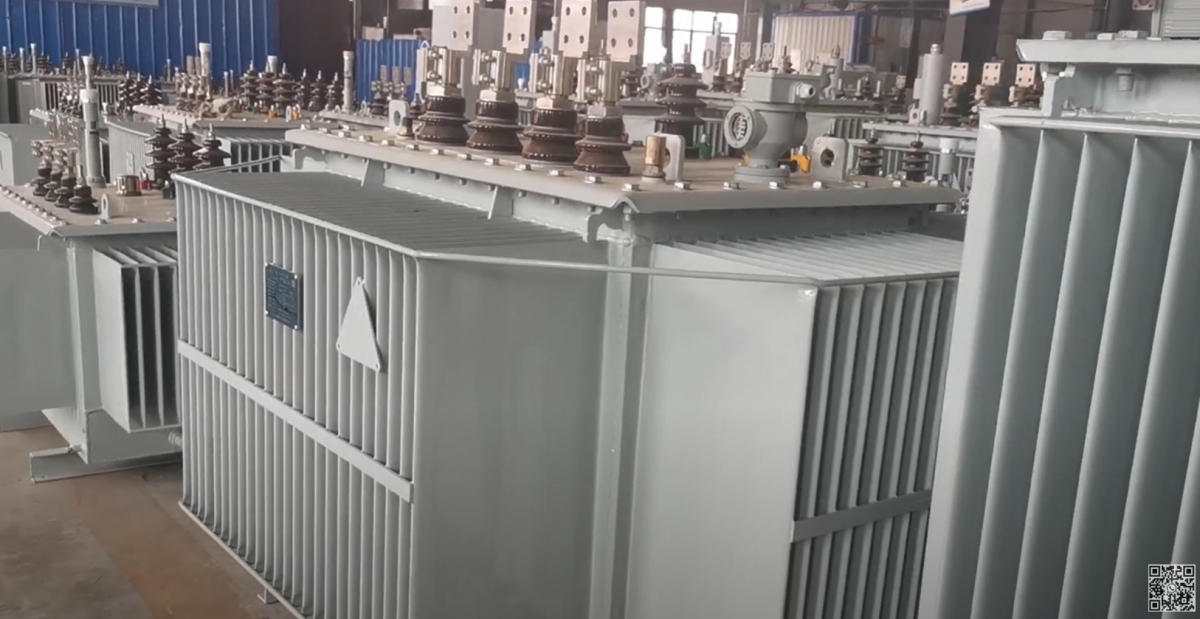- 09
- Aug
Top power supply transformer manufacturer in China: Analysis of several common faults of transformers
A power transformer is a kind of power equipment that changes the AC voltage and is one of the core equipment in the power system. In the process of transmission and distribution of electric energy, the power transformer is the core of energy conversion and transmission. The only way for thousands of energy sources.
If the transformer fails, it will affect the safe and stable operation of the power system, which is very important equipment in the power system. Once an accident occurs, it will cause great economic losses. Analyze various power transformer accidents, find out the reasons, and summarize the methods to deal with the accidents, control the accident losses in the minimum range, and minimize the damage to the system.
1. Winding failure
Mainly include inter-turn short circuit, winding grounding, phase-to-phase short circuit, disconnection and open welding of joints, etc. The reasons for these failures are as follows:
① During manufacture or maintenance, local insulation is damaged and defects are left behind;
② Due to poor heat dissipation or long-term overload during operation, sundries fall into the winding, causing the temperature to be too high and the insulation to age;
③ The manufacturing process is poor, the pressing is not tight, the mechanical strength cannot withstand the short-circuit impact, and the winding is deformed and the insulation is damaged;
④ The winding is damp, and the insulation expansion blocks the oil passage, causing local overheating;
⑤The insulating oil is mixed with water and deteriorates, or the contact area with the air is too large, so that the acid value of the oil is too high, the insulation level is reduced or the oil level is too low, and some windings are exposed to the air and cannot be treated in time.
Due to the above reasons, once insulation breakdown occurs during operation, it will cause short circuit or ground fault of the winding. The fault phenomenon when the inter-turn short circuit causes the temperature of the overheated oil of the transformer to increase, the current on the power supply side increases slightly, the DC resistance of each phase is unbalanced, and sometimes there are squeaks and bubbling sounds in the oil. A slight inter-turn short circuit can cause the gas protection to operate; in severe cases, the differential protection or the overcurrent protection on the power supply side will also operate. The inter-turn short circuit should be dealt with in time, because the inter-turn short circuit of the winding will often cause more serious faults such as single-phase grounding or inter-phase short circuit.
2. Casing failure
Common failures of this kind are bombing, flashing and oil leakage. The reasons are as follows:
① Poor sealing, poor insulation ratio due to moisture, or oil leakage;
② The configuration of the respirator is improper or the water inhaled is not treated in time;
③ The high-voltage side of the transformer (110kV and above) generally uses capacitor bushings, which have trachoma or cracks due to poor porcelain quality;
④ There is a defect in the manufacturing of the capacitor core, and there is free discharge inside;
⑤ Severe fouling of the casing.
3. Core failure
① The insulation between the silicon steel sheets is damaged, causing local overheating and melting of the iron core;
② The insulation of the core bolt clamping the iron core is damaged, so that the silicon steel sheet of the iron core and the core bolt form a short circuit;
③ Residual welding slag forms a two-point grounding of the iron core;
④The top and middle of the transformer oil tank, between the casing flange on the upper part of the oil tank, the barrel skin and the casing. The internal iron core, winding clamps, etc. are heated due to local magnetic flux leakage, causing insulation damage.
After the transformer fails during operation, if it is found that the winding or iron core is faulty, the core should be checked. First measure the DC resistance of each phase winding and compare them. If the difference is large, it is a winding fault. Then carry out the visual inspection of the iron core, and then measure the insulation resistance between the sheets with the DC voltage and ammeter method. If the damage is not large, just paint over the damaged area.
4. Gas protection failure
The gas protection is the main protection of the transformer, the light gas acts on the signal, and the heavy gas acts on the trip. The reasons and treatment methods of the gas protection action are analyzed as follows:
① The reason for the gas protection action may be that air enters the transformer due to the imprecise oil filtering, refueling and cooling systems;
② The oil level drops slowly due to temperature drop and oil leakage; or a small amount of gas is generated due to transformer failure;
③ Caused by the occurrence of a through short circuit fault;
④It is caused by the failure of the secondary circuit of the protection device.
Signal after light gas protection action. The reasons are: there is a slight fault inside the transformer; there is air inside the transformer; the secondary circuit is faulty, etc. Operators should check immediately, and if no abnormal phenomenon is found, gas sampling and analysis should be carried out. When the gas protection action trips.
There may be a serious fault inside the transformer, causing the oil to decompose a large amount of gas, or the secondary circuit may be faulty. In the event of gas protection action tripping, the standby transformer should be put into operation first, and then external inspection should be carried out. Check the explosion-proof door of the oil conservator, whether the welding seams are cracked, and whether the transformer shell is deformed; finally, check the flammability of the gas.

5. Processing of transformer automatic tripping
When the transformer in operation trips automatically, the operating personnel should quickly take the following measures:
① After the circuit breakers on each side of the transformer trip automatically, operate the control switch of the trip circuit breaker to the position after tripping, and quickly put in the backup transformer, adjust the operation mode and load distribution, and maintain the operation system and its equipment in a normal state;
② Check what kind of protective action the dropped card belongs to and whether the action is correct;
③ Understand whether the system has any faults and the nature of the faults;
④ In the following cases and with the consent of the leader, power transmission can be tried without inspection: the circuit breaker trips due to artificial accidental contact protection; the protection trips due to obvious misoperation; The equipment is faulty but its protection has not acted, and the fault has been removed, but the trial power transmission is only allowed once;
⑤ If it is a main protection action such as differential, heavy gas or current quick break, and there is an impact phenomenon when the fault occurs, it is necessary to conduct a detailed inspection of the transformer and its system, power off and measure the insulation. It is forbidden to put the transformer into operation until the cause is found out. It must be pointed out that regardless of whether the system has a backup power supply, it is absolutely not allowed to force the transformer.

6. Transformer catches fire
Transformer fire is also a dangerous accident, because there are many combustible substances in the transformer, which may explode or expand the fire if it is not handled in time.
The main causes of transformer fires are:
① The breakage and flashing of the casing, the oil flows out under the pressure of the oil conservator and burns on the top cover;
②The internal failure of the transformer breaks the casing or radiator, causing the burning transformer oil to overflow.
If the transformer catches fire, the following measures should be taken quickly:
① Disconnect the circuit breakers on each side of the transformer, cut off the power supply on each side, and quickly put in the backup transformer to restore the power supply;
② Stop the operation of the cooling device;
③ When the main transformer and high-speed substation are on fire, the generator should be disconnected first;
④ If the oil burns on the top cover of the transformer, the lower accident throttle should be opened to drain the oil to a proper position. If the inside of the transformer is on fire, oil cannot be drained to prevent the transformer from exploding;
⑤Quickly extinguish the fire with a fire extinguisher. Such as dry fire extinguisher or foam fire extinguisher. Notify the fire brigade to extinguish the fire if necessary. When such an accident occurs, the transformer protection should operate to disconnect the circuit breaker. If the circuit breaker does not open due to a fault, the circuit breaker should be manually opened immediately, and the disconnector that may lead to the transformer power supply should be opened.

7. Tap changer failure
Common faults are surface melting and burns, phase-to-phase contact discharge or discharge of each joint. The main reasons are:
(1) The connecting screw is loose;
(2) Bad adjustment device with load and improper adjustment;
(3) Poor insulation of the tap insulation board;
(4) The joint solder is not full, the contact is poor, the manufacturing process is not good, and the spring pressure is insufficient;
(5) The acid value of the oil is too high, which corrodes the contact surface of the tap changer.
Because the main transformer accident is generally not single, but multiple and developing, and the potential main fault points are relatively hidden, coupled with the particularity of the fault nature. Therefore, in order to ensure the safe and stable operation of transformers and power grids, and correctly handle accidents, we should keep abreast of the following situations:
①System operation mode, load status, load type
② The oil temperature, temperature rise and voltage of the upper layer of the transformer;
③ Weather conditions at the time of the accident;
④Whether there is maintenance and other work around the transformer;
⑤Whether the operating personnel have operated;
⑥ Whether the system is in operation;
⑦ What kind of protective action, accident phenomenon, etc. Strengthen the patrol monitoring of transformer operation, do a good job in routine maintenance, eliminate equipment defects in a timely manner, conduct regular maintenance and preventive tests, try to avoid transformer accidents, and reduce the damage to the power grid and electrical equipment caused by accidents.
The safe operation and management of transformers is the focus of our daily work. Through the experience summarization of abnormal operation of transformers and analysis of common faults, it will help to judge the cause and nature of faults in a timely and accurate manner, and take effective measures in a timely manner.

Ensure the safe operation of equipment Transformers are extremely important electrical equipment in power transmission and distribution systems. According to the operation and maintenance management regulations, transformers must be inspected regularly, so as to understand and master the operation of transformers in time, and take effective measures in time, and strive to eliminate faults in the bud. state, so as to ensure the safe operation of the transformer.
